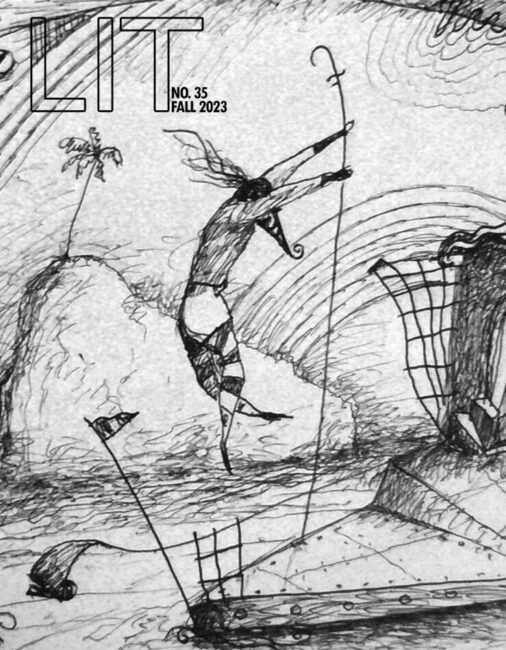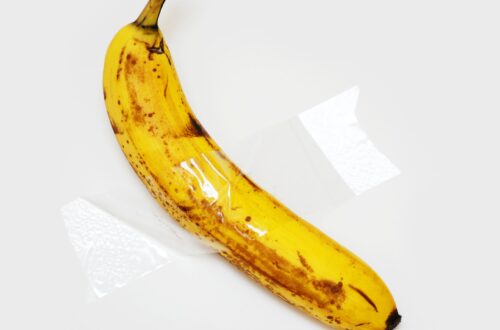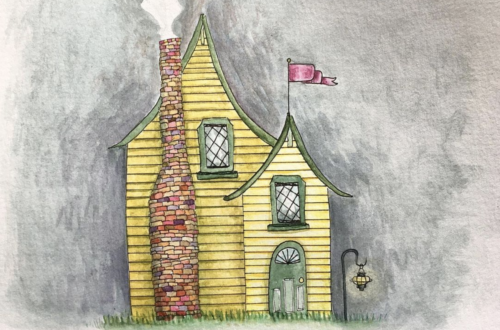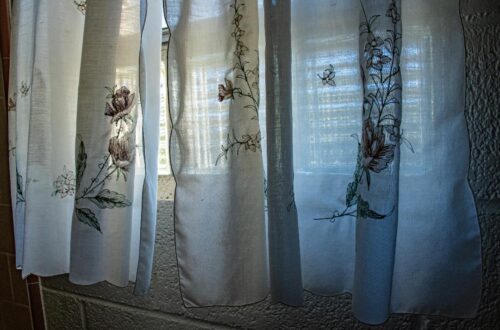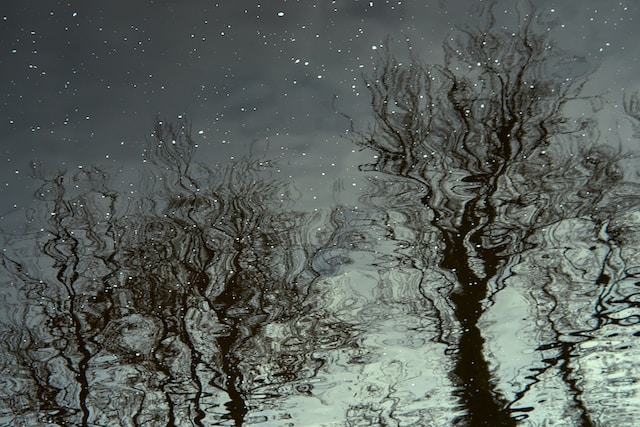
Tangled in Seaweed
by Yuko lida Frost
photo by Gabriel Matula on Unsplash
Let me tell you about seaweed. First, it gives us life. The ocean plant absorbs the sun’s radiant energy and carbon dioxide and in turn produces glucose and oxygen. The glucose is the nutrient all living organisms depend on. Ocean plants generate more oxygen than the world’s entire trees combined. They are our lifeline.
Seaweed is also delicious. Sze Tue wrote in 600 BC that “some algae are a delicacy fit for the most honored guests, even for the King himself.” The record indicates that seaweed has been consumed daily in Japan since the eighth century.
I eat three types of seaweed. First, small dried ones, folded like Chinese tea leaves, which open in liquid and become a thin soft and elegant plant called wakame, a key ingredient for Japanese cooking: miso soup, salad, and noodle, and more. The second type is the dried paper-thin seaweed called nori, often used to make sushi rolls or to cover rice balls stuffed with pickled plums or small pieces of grilled salmon. It can be shredded like confetti over cold soba noodles. Or chirashi, a bed of sushi rice topped with julienned snow peas and egg omelet, dried baby anchovies, shrimp, and baked eel dipped in thick soy sauce, the way my mother prepared it.
Finally, there is konbu, the king of kelp, the foundation of Japanese cuisine. You soak a large piece in a pot of water until it softens, expands, releases the flavors of the sea to be used as broth. It contains all the ocean life condensed. It smells of home. Dried kombu is thicker than your big toenail, and harder than the back panel of an IKEA bookshelf. The package of konbu I have was caught and processed in Rishiri Island, off the northern tip of Hokkaido. From there you can take a ferry to Russia’s Sakhalin Island, once inhabited by the Ainu, the aboriginal people of the region, and the settlers from Japan, until the Soviets invaded and killed many during World War II. Break off a piece of kombu by hand. Its edge is so sharp you can slit someone’s throat.
I discovered the most peculiar use of seaweed in a remote clinic in Albuquerque. I lay on a hard bed. The bright winter sunlight filtered through the white curtains. A nurse showed me a rectangular piece of dried seaweed, no bigger than my fingertip. She said she was going to insert the seaweed into my uterus to dilate the cervix to make it easier for a suction tube to enter and suck the fetus out of my womb.
“If you want to change your mind, this is your last chance,” she said.
I told her I wouldn’t.
She began inserting the seaweed. Seconds later, a sharp pain gripped me and soon it became excruciating. I groaned as the nurse left. It felt as if a tiny razor blade was dissecting the uterus and my fetus. I wanted to cry but I could hardly breathe. I did not know how long the pain lasted before the nurse returned and removed what I later learned was a tiny piece of laminaria seaweed. I wiped my sweaty face with the edge of my robe and tried to get up.
“Don’t move. Stay right here,” she said and disappeared again.
The rest of the procedure was painless, at least physically.
Marcus, the father of the fetus, suggested we walk back to his place, along Rio Grande, about a mile away. I had no energy or sense to advise against him, so I followed him like a sleepwalker. He held my hand and helped me cross the wide paved road to the dirt path by the bridge. The sun felt warm on my shoulders on that December day, and I found it comforting to be blinded by the light. I paced myself, slowly—so slow that, at one point, Marcus was walking way ahead of me. He stopped occasionally for me to catch up. The red sand was soft under my feet. It made me think of the four-hundred-meter-track I used to run on as a high school athlete in Osaka. I had to clean off the red sand off my spiked shoes every time I ran on it. Now I walked on the red sand like a turtle, not thinking of anything. I did not even question why he stopped holding my hand or had suggested we walk. As I stepped down to the soft riverbed, after about ten minutes of walking, I felt dizzy, out of breath.
Dazed, I sat on the big flat rock. I bent my head forward and saw dozens of ants crawl out of a mound. They seemed to be the only living creatures left on earth. It was the eighteenth of December. The ants looked busy as if they were preparing for the holiday. I admired their energy. Despite my fatigue and heaviness of my head, I felt empty. I could almost float and drift into the sky like a detached balloon. The ants crawled over my shoes. They were the only force holding me down, close to the earth—so hardworking and so alive.
“Shall we get going?” Marcus came back and asked.
I took one last look at the ants and pushed the rock with both hands to lift myself.
That night I was awakened by the sound of coyotes. I got out of bed, stepped outside the adobe house, where I stayed, feeling the warmth of the fine sand on my feet. The dark silhouette of a mountain spread itself against the sky in the south. The coyotes’ cries stretched over the desert, sounding as though they had come from far beneath the earth, echoing across the night. I felt an urge to apologize to my fetus. I looked up and saw stars gleaming in the black dome. It was as if the emptiness of my womb were expanding over the flat desert while the fetus cried to the heavens from far below the earth.
The following morning, I flew back to New York and returned to my office routine. For a year after the procedure, a dull pain in my lower abdomen caused me to walk with a limp. A doctor I came to trust told me that it was due to minor nerve damage from the abortion. He also shared that the laminaria seaweed was supposed to be used with anesthesia.
One winter night a year later, I took a warm bath for the first time since I left Japan. The pain finally disappeared. With that, the feeling of loss and guilt vanished.
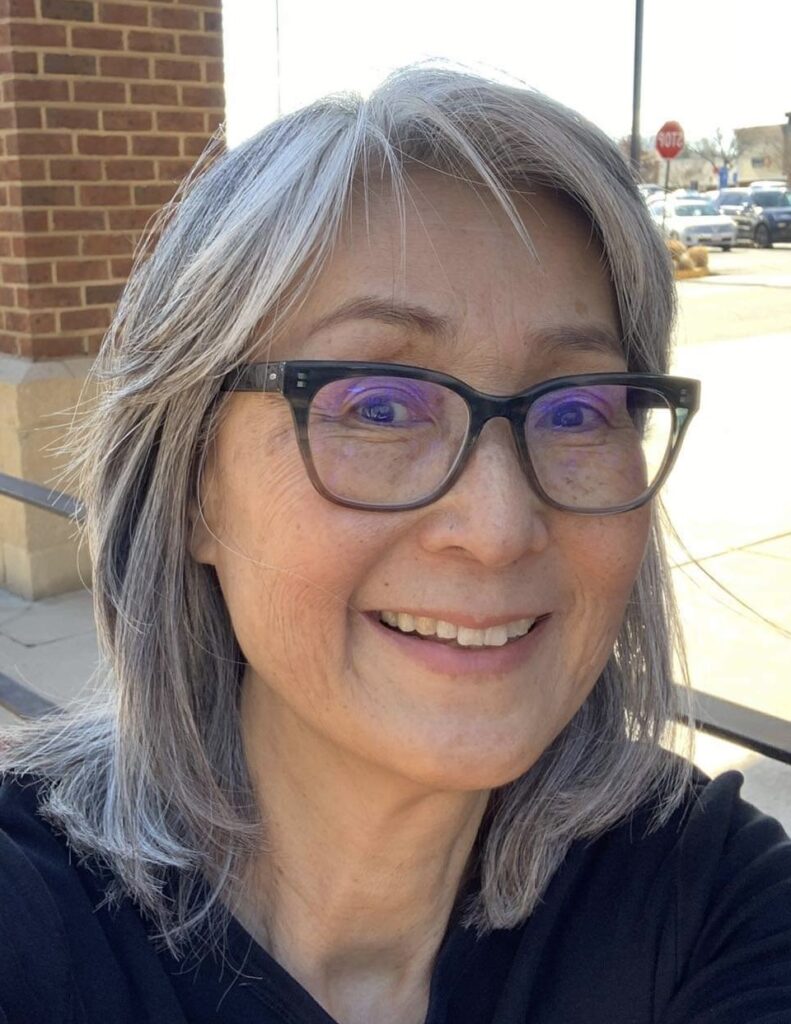
Yuko was born and grew up in Osaka, Japan. In 1981, she left for the United States with small savings and a big dream of educating herself and becoming independent. With a Bachelors Degree in Government from Smith College and an MBA from Yale, her writing has appeared in The Brookings Review, and other public policy discussion books, as well as literary magazines such as Apple Valley Review, the 34th Parallel, and Hippocampus Magazine. Yuko has recently retired from teaching math and science at the Japanese Immersion program in Fairfax County, Virginia.
